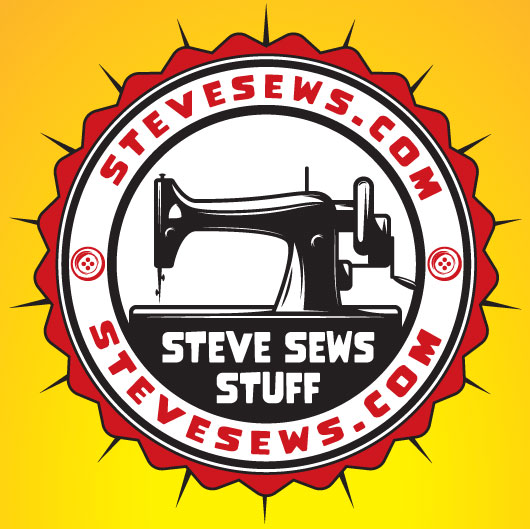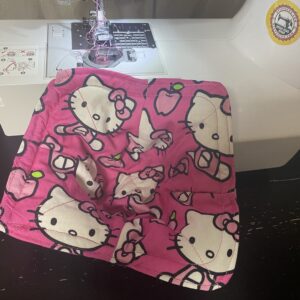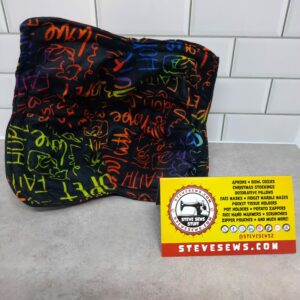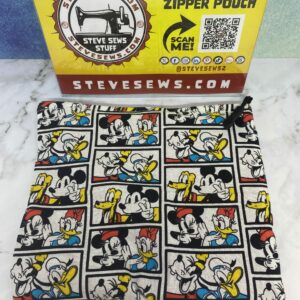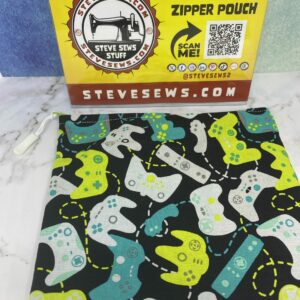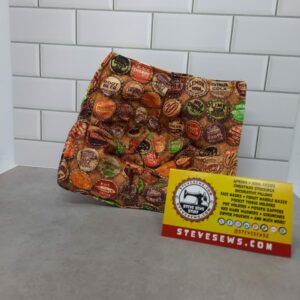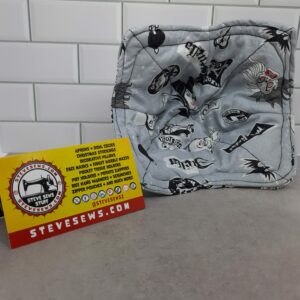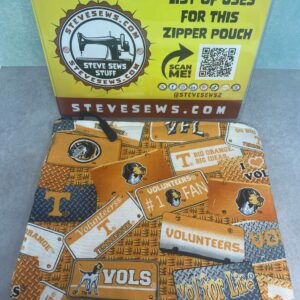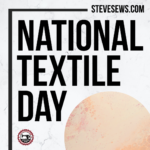Exploring the Artistry of Paper Piecing: A Quilting Technique – Quilting is an age-old craft that has captivated artisans and enthusiasts for generations. It is a method of sewing together layers of fabric to create beautiful and functional pieces. While traditional quilting involves stitching fabric directly onto a base, there is a technique known as paper piecing that offers a unique twist on this art form.
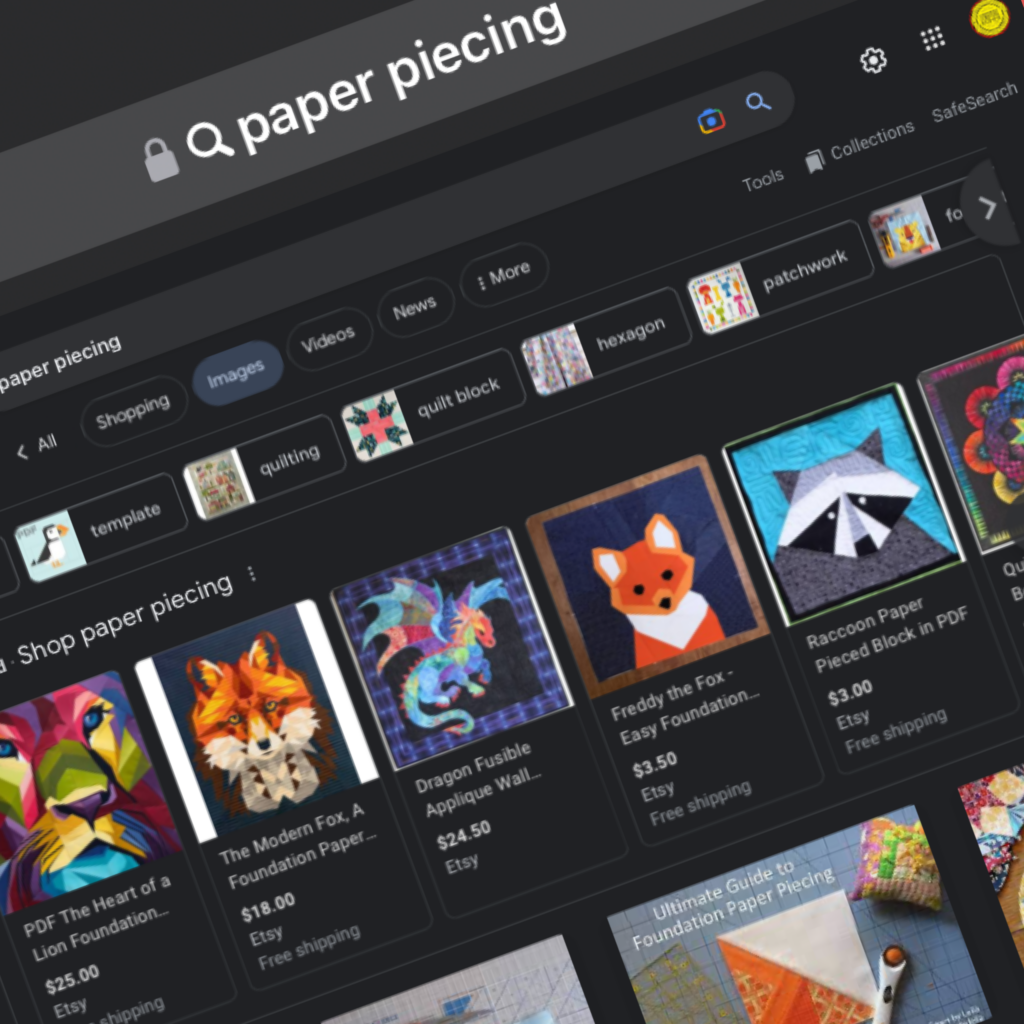
Paper piecing, though different in approach, shares many similarities with traditional quilting, and it has become increasingly popular among quilters worldwide. In this blog post, we will delve into the artistry of paper piecing and explore how it aligns with the rich heritage of quilting.
What is Paper Piecing? Paper piecing, also known as foundation piecing, is a technique that involves sewing fabric onto a paper or foundation to create intricate and precise designs. Instead of cutting fabric pieces based on patterns or templates, quilters use a paper pattern as a guide. The fabric is sewn onto the paper following numerical or alphabetical order, resulting in accurate and detailed blocks. Once the piecing is complete, the paper is removed, leaving behind a beautifully constructed quilt block.
Similarities to Traditional Quilting:
- Design Flexibility: Like traditional quilting, paper piecing allows quilters to experiment with various designs, patterns, and motifs. The precision offered by paper piecing opens up a whole new realm of possibilities, enabling quilters to create intricate and complex designs that would be challenging to achieve using other methods.
- Color and Fabric Choices: Both paper piecing and traditional quilting allow quilters to showcase their creativity through color and fabric selection. Whether it’s choosing a harmonious color palette or incorporating different textures and prints, both techniques offer endless options for customization.
- Construction and Assembly: While the techniques differ in execution, the ultimate goal of constructing a quilt remains the same. Both paper piecing and traditional quilting involve joining fabric pieces together to create a cohesive whole. The blocks created through paper piecing can be assembled just like traditional quilt blocks, resulting in stunning quilts with remarkable precision.
- Skill Development: Both techniques require skill and patience to master. Quilters must possess a keen eye for detail and a steady hand to create precise and accurate seams. Whether it’s traditional piecing or paper piecing, the craftsmanship involved contributes to the overall beauty of the final quilt.
Benefits of Paper Piecing:
- Accuracy and Precision: Paper piecing provides unmatched accuracy, making it ideal for intricate designs or blocks with small pieces. The paper foundation acts as a stabilizer, ensuring that seams are straight and corners meet perfectly. This precision lends a professional and polished look to the finished quilt.
- Waste Reduction: Paper piecing allows quilters to use small fabric scraps efficiently. By sewing fabric directly onto the paper, there is less chance of fabric distortion or stretching. This makes it an excellent technique for utilizing leftover fabric or creating scrap quilts.
- Versatility: Paper piecing can be used to create complex and unusual shapes that may be challenging to achieve through traditional quilting methods. From intricate star patterns to realistic animal motifs, the possibilities are limited only by the quilter’s imagination.
Conclusion: Paper piecing offers a unique approach to quilting that blends precision, creativity, and artistry. While it deviates from the traditional methods of quilting, it shares many similarities with the craft. Both techniques embrace the joy of creating beautiful and functional textiles while providing a platform for quilters to showcase their skills and express their unique style. Whether you’re a seasoned quilter or a beginner, paper piecing opens up a world of possibilities, allowing you to take your quilting projects to new heights. So grab your fabric or paper along with your patterns with a personal touch, and embark on a journey of exploration and creativity through the artistry of paper piecing. The fusion of precision and design flexibility offered by paper piecing is a testament to the ever-evolving nature of quilting as an art form.
While paper piecing has gained popularity in the quilting community, there are still some lesser-known facts about this technique that many people may not be aware of. Here are a few intriguing tidbits about paper piecing:
- Historical Origins: Paper piecing has a rich history that dates back to the 18th century. It was initially known as English paper piecing or mosaic piecing and was commonly used to create elaborate mosaic designs on quilts. The technique was introduced in England and later made its way to the United States.
- Temporary vs. Permanent Paper: Traditionally, quilters used lightweight, temporary paper such as newspaper or thin tissue paper as the foundation for their paper piecing projects. These papers were easily torn away once the piecing was complete. However, modern quilters have options to use specialized foundation papers that can remain in the quilt for added stability.
- Reducing Bulk: One of the primary advantages of paper piecing is its ability to reduce bulk in quilt blocks. By sewing fabric directly onto the paper foundation, quilters can avoid the need for excessive seam allowances and achieve a flat and precise finished block. This is especially useful when working with small pieces or intricate designs.
- Paper Types: While traditional paper piecing used newspaper or thin tissue paper, modern quilters have a range of paper options to choose from. Some popular choices include vellum, tracing paper, or even printer paper. It’s important to select a paper that is easy to sew through, tears away cleanly, and doesn’t leave residue on the fabric.
- Fussy Cutting: Paper piecing provides an excellent opportunity for fussy cutting, a technique where specific motifs or designs in the fabric are strategically placed to create visual interest. By utilizing paper templates, quilters can precisely position their fabric pieces to showcase particular elements, resulting in stunning and intentional designs.
- Beyond Quilts: While paper piecing is commonly associated with quilting, its applications extend beyond quilts. This technique can be used to create various items such as pillow covers, table runners, wall hangings, and even garment embellishments. The precision and intricate details achievable through paper piecing make it a versatile technique for different sewing projects.
- Online Communities and Resources: The advent of the internet has brought together a vibrant community of paper piecing enthusiasts. Numerous online platforms, forums, and social media groups offer a space for quilters to share their designs, seek inspiration, and learn from each other’s experiences. These communities provide a wealth of knowledge and resources for both beginners and seasoned paper piecers.
- Paper piecing, with its unique approach and versatility, continues to captivate quilters and push the boundaries of creativity. By embracing this technique and exploring its lesser-known facets, you can embark on a journey of discovery and elevate your quilting projects to new heights. So, grab your papers, fabrics, and sewing machine, and let the world of paper piecing unfold before you.
Paper piecing is also known by several other names in the quilting community. Here are a few alternative terms for paper piecing:
- Foundation Piecing: This name emphasizes the technique of sewing fabric onto a foundation, which is typically paper but can also be other materials such as muslin or stabilizers.
- English Paper Piecing (EPP): English paper piecing refers specifically to the historical method of paper piecing that originated in England. It involves wrapping fabric around paper templates and hand-sewing the pieces together.
- Mosaic Piecing: Mosaic piecing is an older term used to describe the intricate and mosaic-like designs that can be created through paper piecing.
- Flip and Sew Method: This name refers to the technique of flipping fabric pieces onto the paper foundation and sewing along the printed lines or edges.
- Stitch-and-Flip Method: Similar to flip and sew, this name emphasizes the process of stitching fabric pieces onto the foundation paper and flipping them to cover the desired area.
- Template Piecing: Template piecing involves using paper templates or patterns as guides to cut fabric pieces and sew them together. While it can encompass various methods, it often includes paper piecing techniques.
These alternative names for paper piecing highlight different aspects of the technique, emphasizing the use of foundations, templates, or specific sewing methods. Regardless of the name used, the underlying concept of sewing fabric onto a paper foundation to create precise and intricate designs remains consistent.
In conclusion:
So, whether you’re drawn to the traditional charm of quilting or intrigued by the intricacies of paper piecing, there’s something for everyone in the world of quilting. Embrace the rich heritage of this craft, experiment with new techniques, and let your imagination run wild. Who knows, you might discover a newfound passion for paper piecing and unlock a world of possibilities in your quilting journey.
Remember, quilting is not just about creating a beautiful quilt; it’s about the process, the joy of stitching, and the satisfaction of seeing your vision come to life. So, grab your fabric, patterns, and sewing machine, and dive into the world of paper piecing. Whether you choose to embark on a small project or tackle a larger quilt, the artistry and creativity of paper piecing will undoubtedly add a unique touch to your quilting endeavors.
Happy quilting!
Upcoming Events
This is a list of the upcoming events that Steve Sews will be at. If you know of one in the East Tennessee area, let me know.
None at this time. Check back later.
Meet …
Meet the staff and/or equipment for Steve Sews.
- Brother Stitch (Current Sewing Machine)
- Forge (Circuit)
- Interns
- Lovees (Stuffed Animals)
- Mendi (My Wife’s Sewing Machine)
- Rosie (Antique Sewing Machine)
- Steve (Steve himself)
- The Masked Bandit (Steve’s older Sewing Machine)
- Trainees
- Van the T-Rex (Helper)
- Zee (Face Mask Model)

SUBSCRIBE TODAY!
Don’t miss a single blog post about sewing, quilting, crafts, and recipes! Plus so much more!
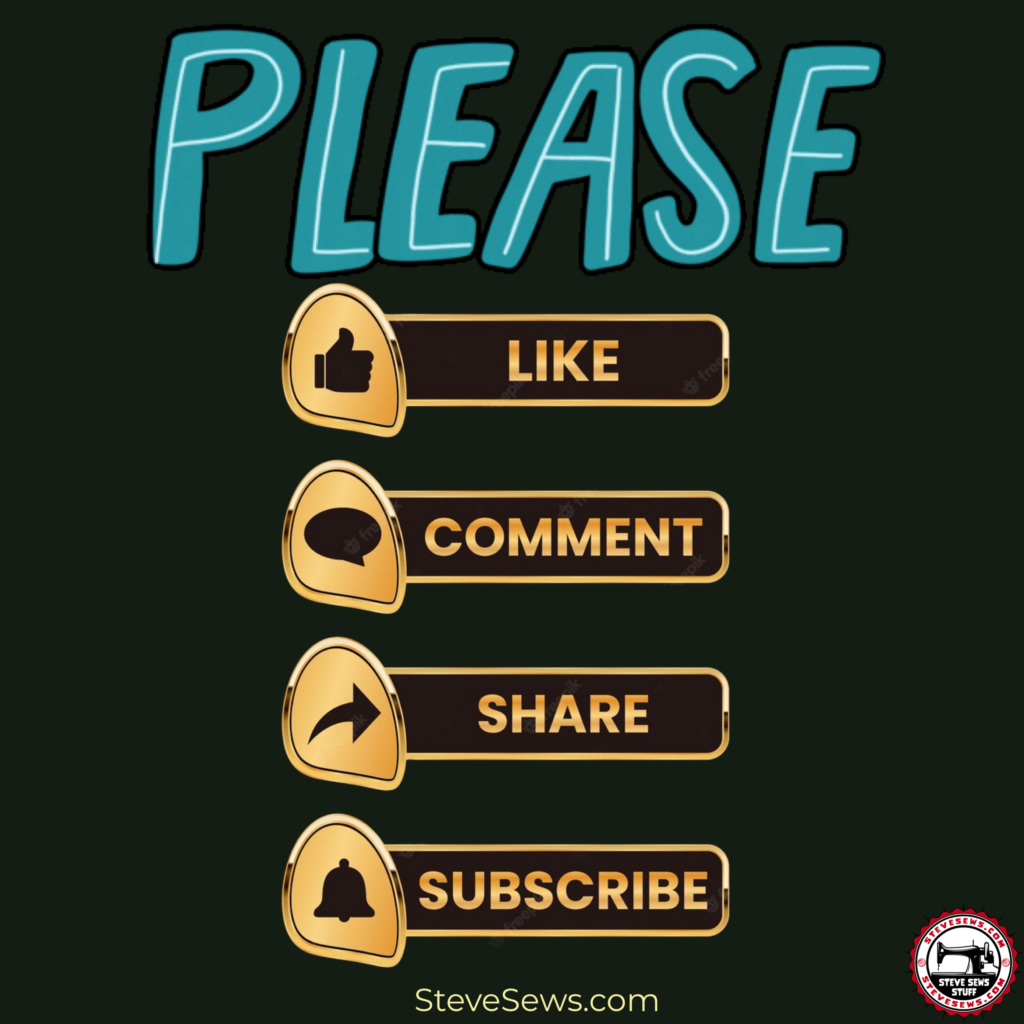
Follow on WordPress
Follow Steve Sews Stuff on WordPress.comFollow Steve Sews Stuff on Social Media:
You can also choose to follow Steve Sews Stuff on social media as well. (@SteveSews2)
Below are some examples of blog entries from all blogs that I do. (Courageous Christian Father, Steve Sews Stuff and SteveZ DesignZ).
Recent Feed of All of Steve’s Blogs
Recent Posts on Steve Sews
Below is a list of the most recent blog posts found on Steve Sews for you to check out.
Clipart: Unsplash, Pixabay, Pexels, Openverse, Adobe Express, Adobe Stock, FreePik, MetroCreative, Wonder AI, Algo AI and more. This site uses Amazon Affiliate Ads & Google Ads.
